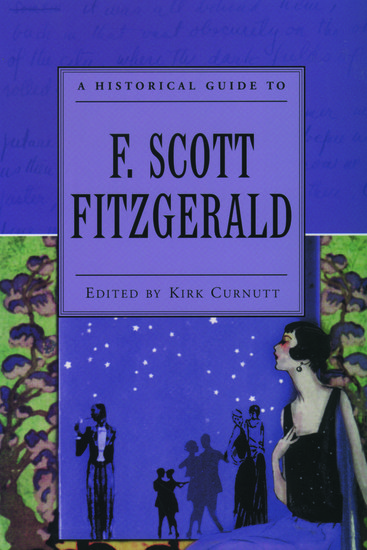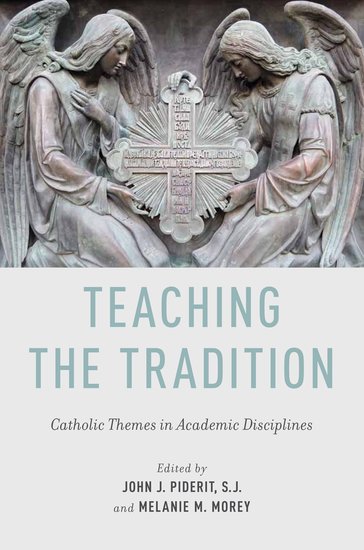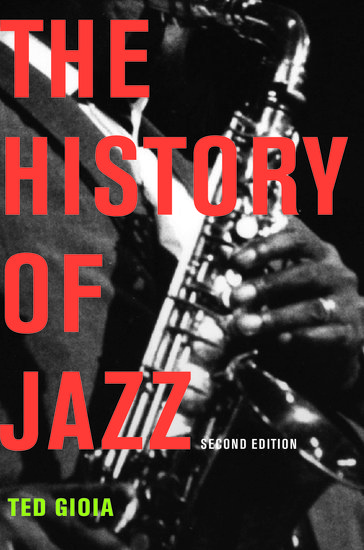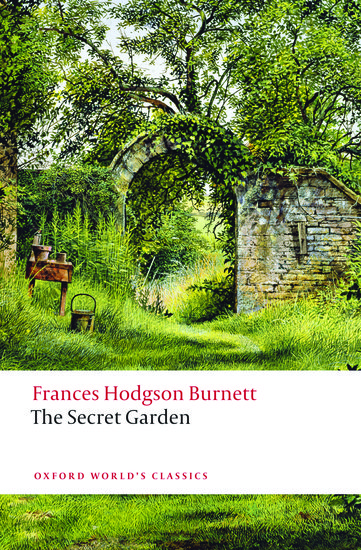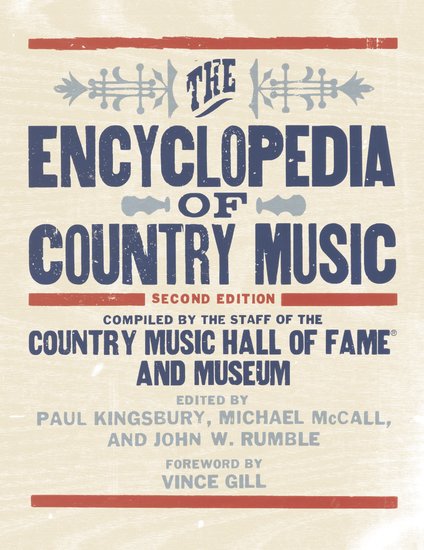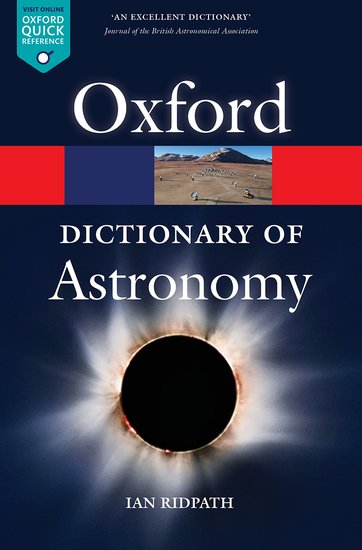Color blindness in the demographic death toll of the Civil War
By James Downs
An 2 April 2012 New York Times article, “New Estimate Raises Civil War Death Toll,” reports that a new study ratchets up the death toll from an estimated 650,000 to a staggering 850,000 people. As horrific as this new number is, it fails to reflect the mortality of former slaves during the war. If former slaves were included in this figure, the Civil War death toll would likely be over a million casualties.





